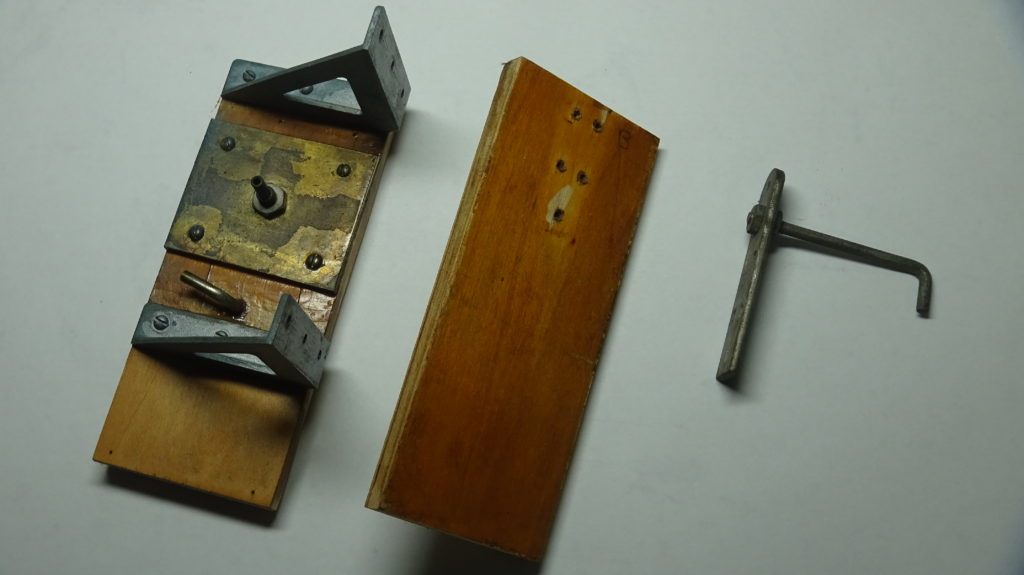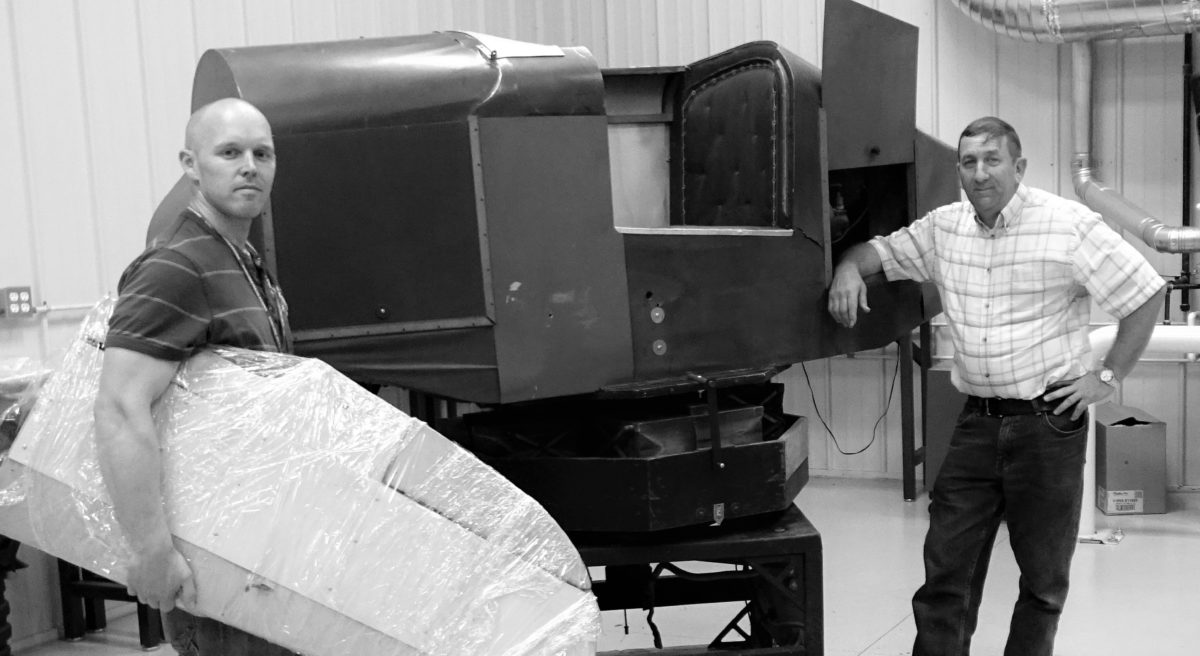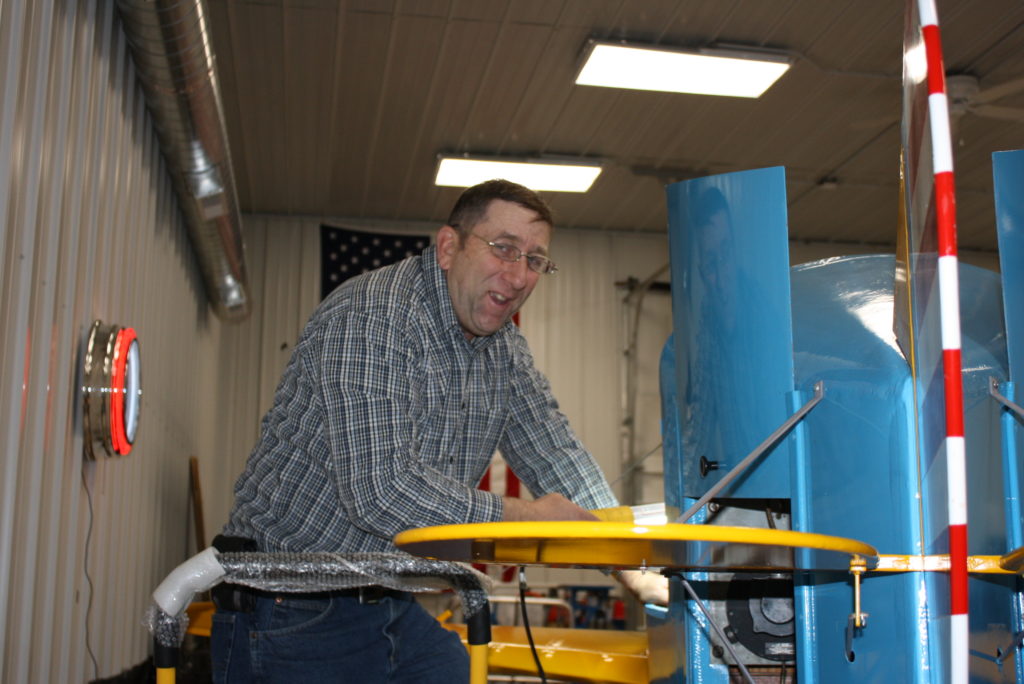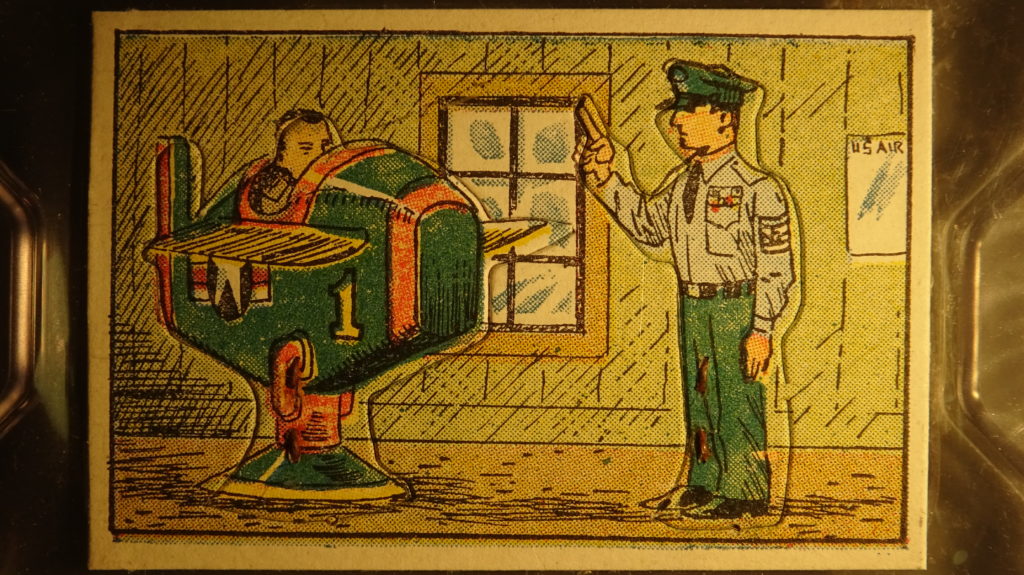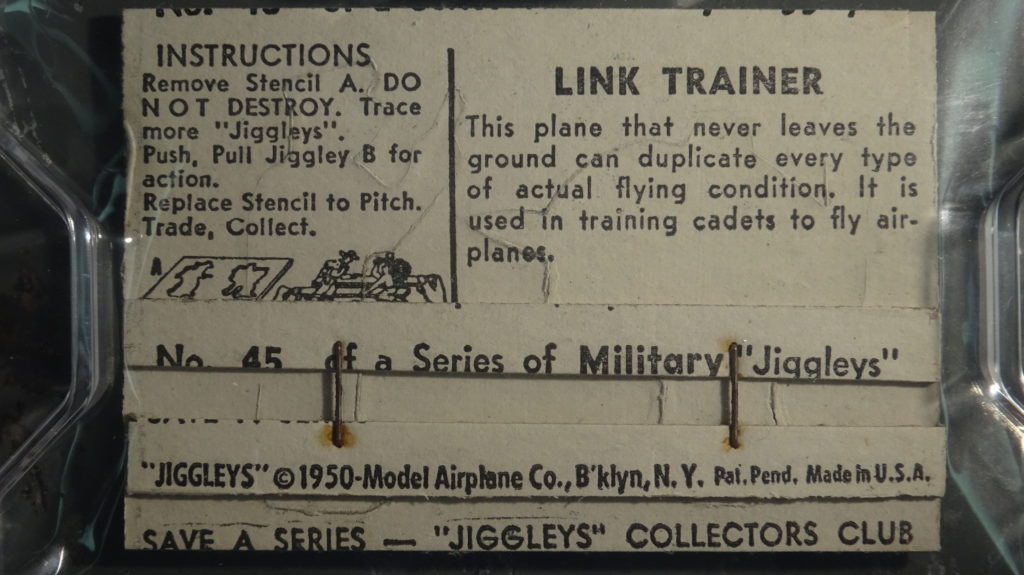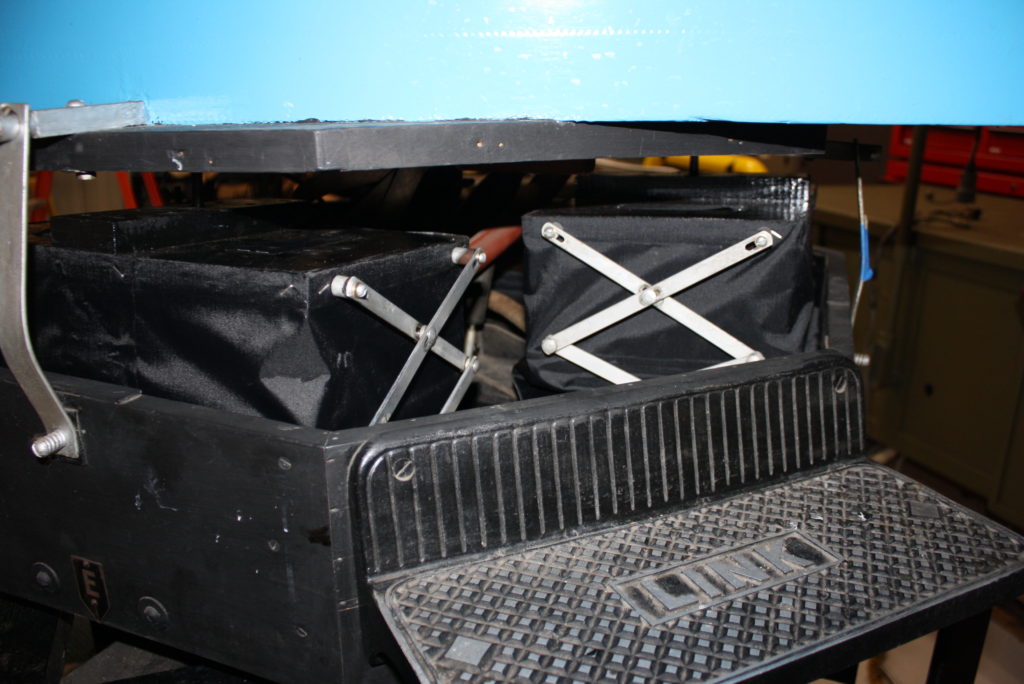With the main bellows now rolling and pitching, we were hoping to get the ANT-18 off the ground. But, with full throttle, we have no air speed, and no engine RPM. We checked wiring to the primary instruments, cleaned the slip ring contacts, and various connector contacts till we got continuity. Since the RPM cockpit instrument is operated pneumatically directly from the tachometer regulator bellows, we thought that was a good place to start troubleshooting. That eliminated wiring and Telegon instruments as a potential problem, and let us concentrate on vacuum and linkage. Our tachometer regulator bellows was very stiff. We decided to restore both regulator bellows and the stall bellows since they were all stiff, and all related to air speed or engine RPM.
